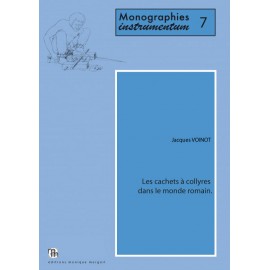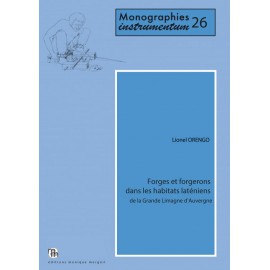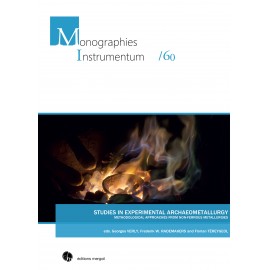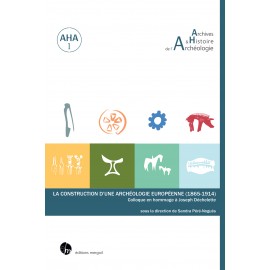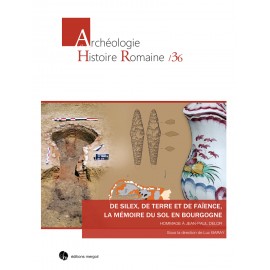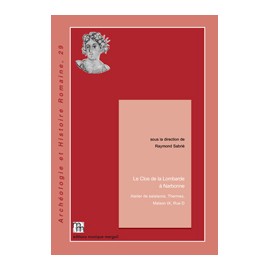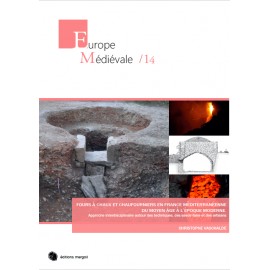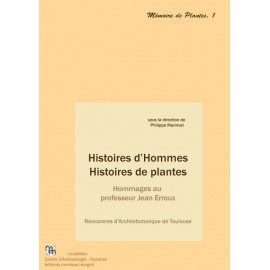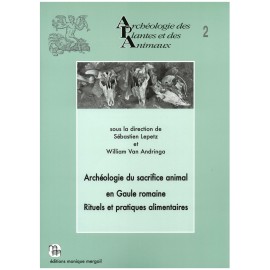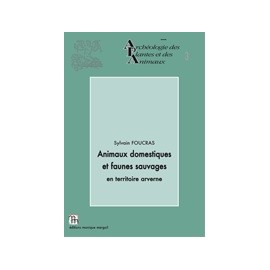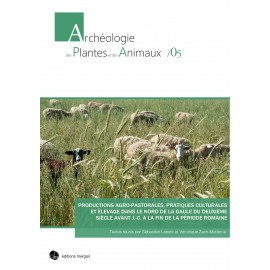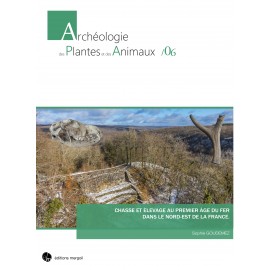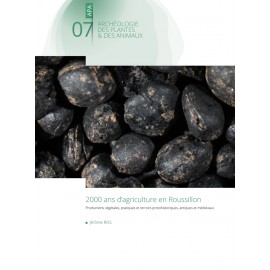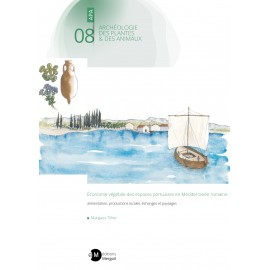Cart 0 Product Products (empty)
No products
Free shipping! Shipping
0,00 € Tax
0,00 € Total
Prices are tax included
Product successfully added to your shopping cart
Quantity
Total
There are 0 items in your cart. There is 1 item in your cart.
Total products (tax incl.)
Total shipping (tax incl.) Free shipping!
Tax 0,00 €
Total (tax incl.)
Archéologie des Plantes et des Animaux
- Archéologie et Histoire Romaine
- Archéologie Moderne et Contemporaine
- Archéologie des Plantes et des Animaux
- Archéologie du Paysage
- Archives & Histoire de l'Archéologie
- Europe Médiévale
- Monographies Instrumentum
- Préhistoires
- Protohistoire européenne
- Research Protocols
- Off collections
- Les cahiers de saint-michel de Cuxa
- Second-hand
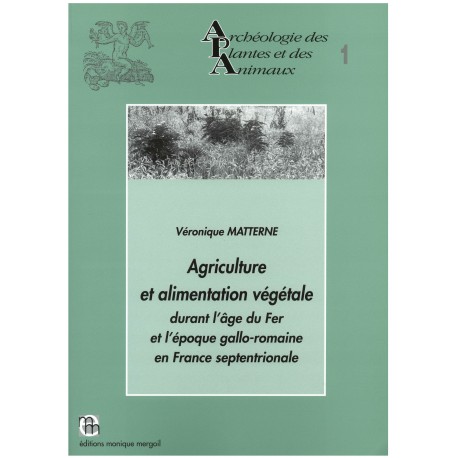 View larger
View larger Agriculture et alimentation végétale durant l'âge du Fer et l'époque gallo-romaine en France septentrionale.
APA-01
New
Véronique ZECH-MATTERNE - Agriculture et alimentation végétale durant l'âge du Fer et l'époque gallo-romaine en France septentrionale 2001, 310 p., 105 pl., nbr. tabl. (ISBN: 2-907303-51-1)
Ce travail synthétise les résultats issus de 78 sites du nord du Bassin parisien, totalisant 232.000 restes végétaux étudiés, et privilégie trois grands axes de recherche : l’histoire des plantes cultivées, l’évolution des pratiques agraires et les transformations des systèmes de production.
This product is no longer in stock
More info
Paleoethnobotany - the study of seeds and fruit preserved in archaeological context - is dealing with agriculture and vegetable foodstuff, two subjects which are still under-represented, lacking of reliable archaeological or textual evidences. Here is proposed a general survey of the results obtained from 78 settlements located in the Northern part of the parisian Bassin, providing 232.000 vegetal macroremains. Three major subjects have been treated : the history of crop cultivation, the changes of agricultural practices, the transformation of agrarian regimes. During the Iron Age and Gallo-Roman period, the stapple plants cultivated in the gardens and fields are being diversificated : 9 cereals, 6 pulses, 4 oleaginous plants, 2 fibre plants, 7 kitchen herbs, 12 fruits, 3 vegetables are mentionned, plus the medicinal and dying plants. The repartition of the main domestic species, like spelt wheat for example, is submitted to edaphic conditions, but does mainly respond to food habits, as the extension of bread wheat cultivation after the roman conquest indicates, and also to specific requirements like rye cultivation to supply fodder. The reconstitution of the agricultural practices, based on the concentrations of grain found in accidently burnt storage structures, demonstrates the progressive changes from an intensive and diversified crop cultivation system to a more extensive and specialised cereal farming. This transition is also marked by the shift from maslin to monospecificity. The consequently growing risk might have been compensated by the improvement of ararian tools and knowledge and by the increase of cultivated fields, detected since the middle La Tene. The acquirings of the roman conquest appears minor in the field of cultural techniques. They consist mainly in the development of bakery, linked with the increase of naked wheat, giving a suitable flour for bread-making, and in the greater interest into pulses growing and arboriculture. The supply requirements generated by the rise of the urban areas add to the importance of the circulation of stapple grain and to the constitution of massive corn stocks. Far from appearing as primitive organizations, those agricultural systems reveal themselves able to meet the main needs of the population and to respond to the changes of the society, with a plant kit very close to our own modern one.




